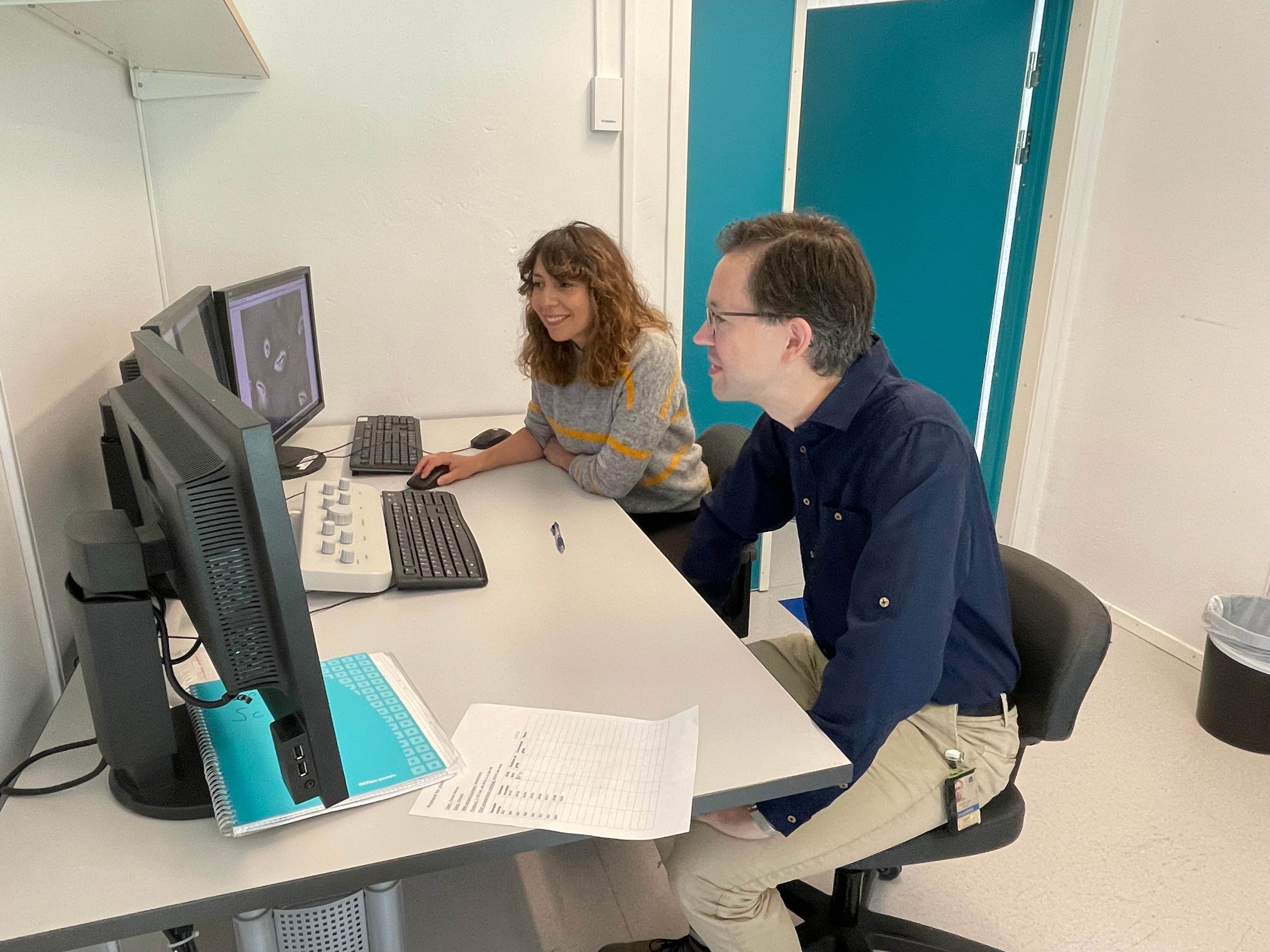How cryo-EM revealed the secrets of enterovirus replication
How a virus hijacks a host cell to make new virus particles is a key question in the prevention and treatment of virus-caused diseases.

This article orginally appeared on the MIMS website: https://www.mims.umu.se
Dr Selma Dahmane and Associate Professor Lars-Anders Carlson at Umeå University are the first and last authors of a freshly published paper in Nature Communications that sheds new light on this process. They show how new poliovirus particles are formed inside the infected cell thanks to the latest advancements in cryo-electron tomography. Poliovirus belongs to the group of enteroviruses, a big group of RNA viruses that also includes for example the common cold-causing rhinoviruses, or enterovirus D68 that can cause severe respiratory disease and paralysis in children. Polio itself has caused disease and death in humans for millennia, and the poliovirus was not long ago hoped to be eradicated. But the recent detection of poliovirus in London sewage, and a case of poliomyelitis in New York, has highlighted the difficulty in eliminating poliovirus even in developed countries.
Read the full article: https://www.mims.umu.se/news-events/2110-how-cryo-em-revealed-the-secrets-of-enterovirus-replication.html